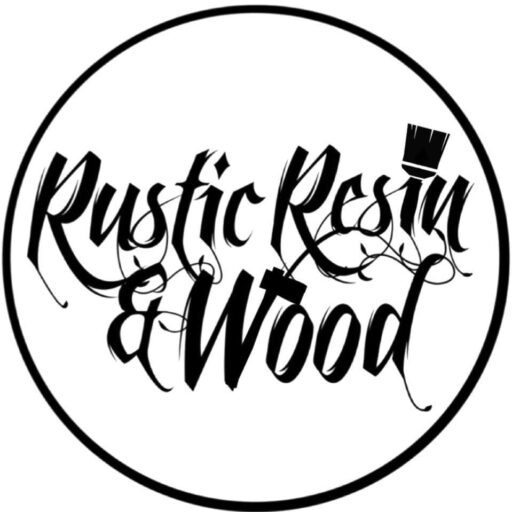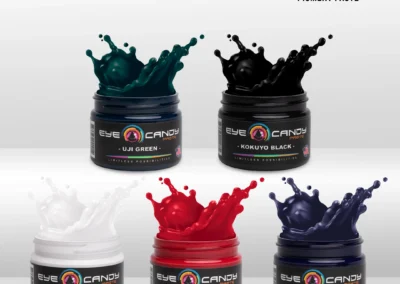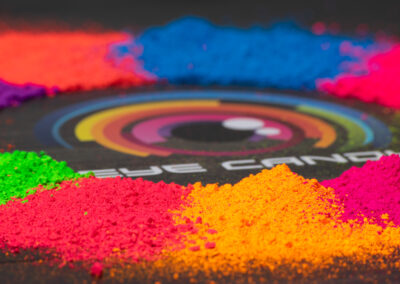Epoxy resin has become a popular medium for artists, DIY enthusiasts, and craftsmen alike due to its versatility and durability. One key aspect that allows creators to add a burst of color and creativity to their projects is the use of pigments. Pigments for epoxy resin come in various types, each with its own set of characteristics and applications. In this guide, we’ll delve into the different types of pigments available for epoxy resin, discussing their pros and cons to help you make informed choices for your next resin masterpiece.
- Powder Pigments
Powder pigments are finely ground particles that can be mixed directly into epoxy resin. They offer vibrant colors and are available in a wide range of hues. Here are the pros and cons of using powder pigments:
-
Pros:
- Intense color saturation
- Versatile and can be mixed to create custom colors
- Suitable for creating intricate designs and patterns
-
Cons:
- Requires thorough mixing to avoid streaks or uneven coloring
- May be messy during the mixing process
- Liquid Pigments
Liquid pigments are pre-mixed colorants that come in liquid form. They are easy to use and provide consistent coloring. Let’s explore the pros and cons:
-
Pros:
- Ready to use, no mixing required
- Precise control over color intensity
- Ideal for beginners or those who prefer convenience
-
Cons:
- Limited color range compared to powders
- Can be less vibrant than powders in some cases
- Paste Pigments
Paste pigments are a thicker, more concentrated form of coloring agents. They offer a middle ground between powders and liquids. Consider the following pros and cons:
-
Pros:
- High color concentration
- Easier to control than powders
- Suitable for both small and large projects
-
Cons:
- Limited color selection compared to powders
- May alter the resin’s viscosity, affecting its flow
- Translucent and Opaque Pigments
Translucent pigments allow light to pass through, creating a stained glass effect, while opaque pigments block light, resulting in solid colors. Here’s a breakdown of their pros and cons:
-
Translucent Pigments:
-
Pros:
- Beautiful, luminous effects
- Ideal for projects where light transmission is desired
-
Cons:
- Colors may appear less intense than opaque pigments
-
-
Opaque Pigments:
-
Pros:
- Solid, vibrant colors
- Great for covering imperfections or dark surfaces
-
Cons:
- Blocks light, limiting design possibilities
-
Choosing the right pigment for your epoxy resin project depends on your preferences, skill level, and the desired outcome. Whether you opt for the intense hues of powder pigments, the convenience of liquid pigments, the control of paste pigments, or the unique effects of translucent and opaque pigments, experimenting with different types will help you discover the endless possibilities epoxy resin has to offer. Don’t be afraid to mix and match to create your own signature palette, and let your creativity shine through each colorful layer.
At Rustic Resin & Wood, I use powder pigments from “EYE CANDY PIGMENTS“. Be sure to check them out before you start your next epoxy project!




